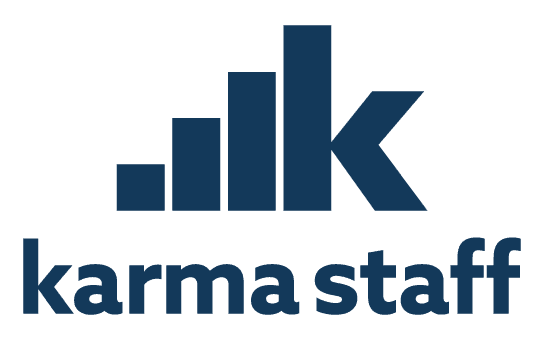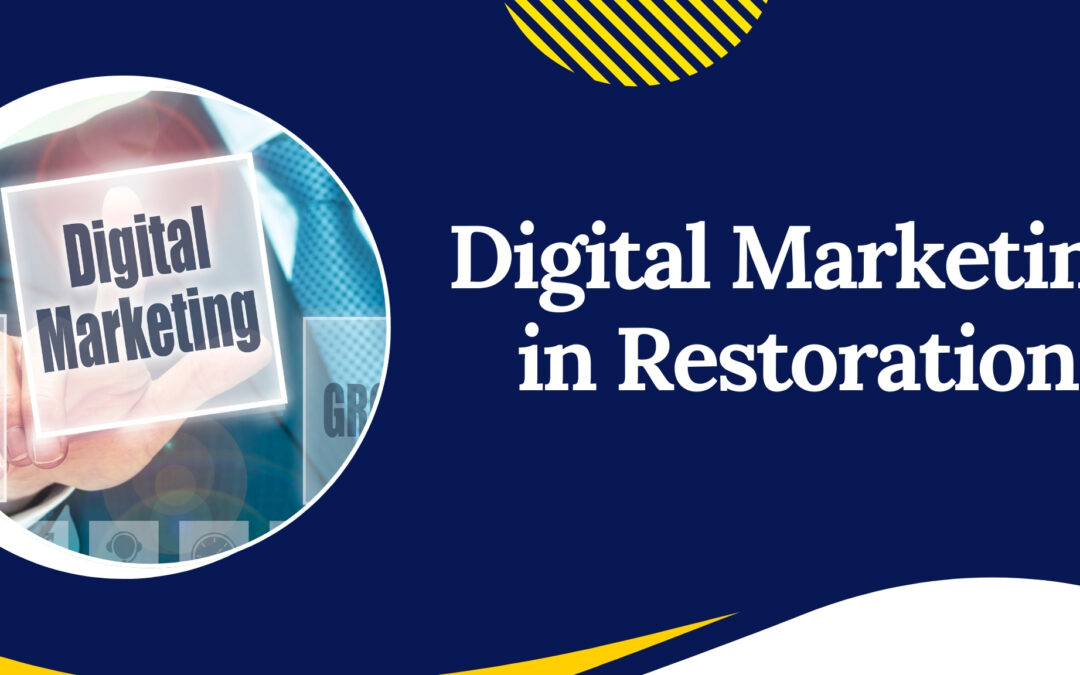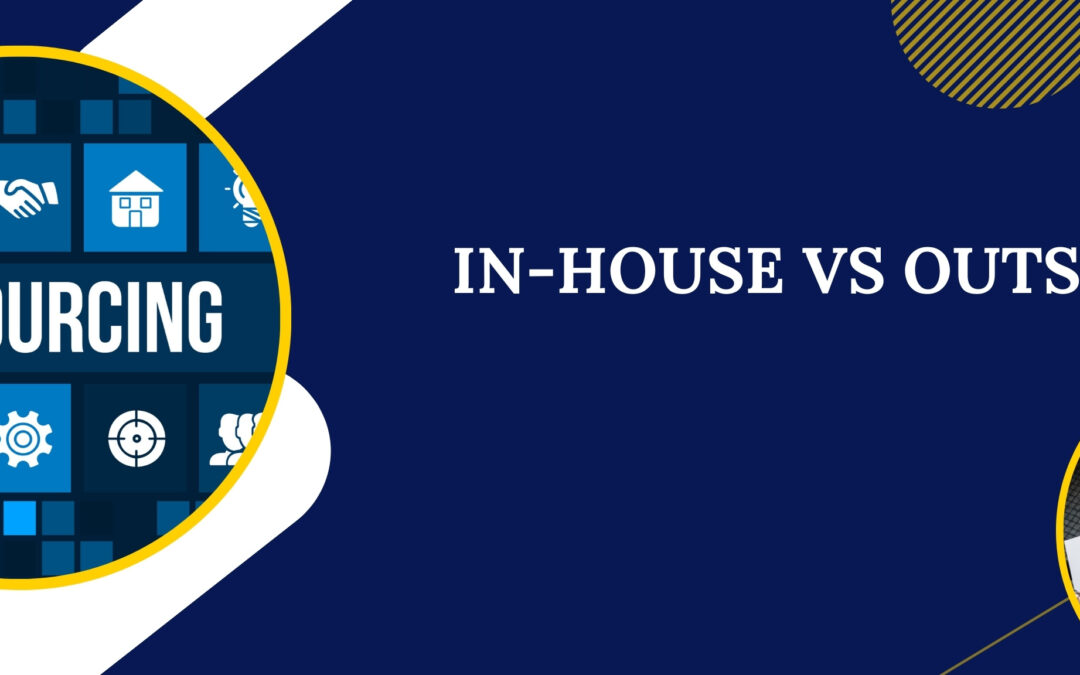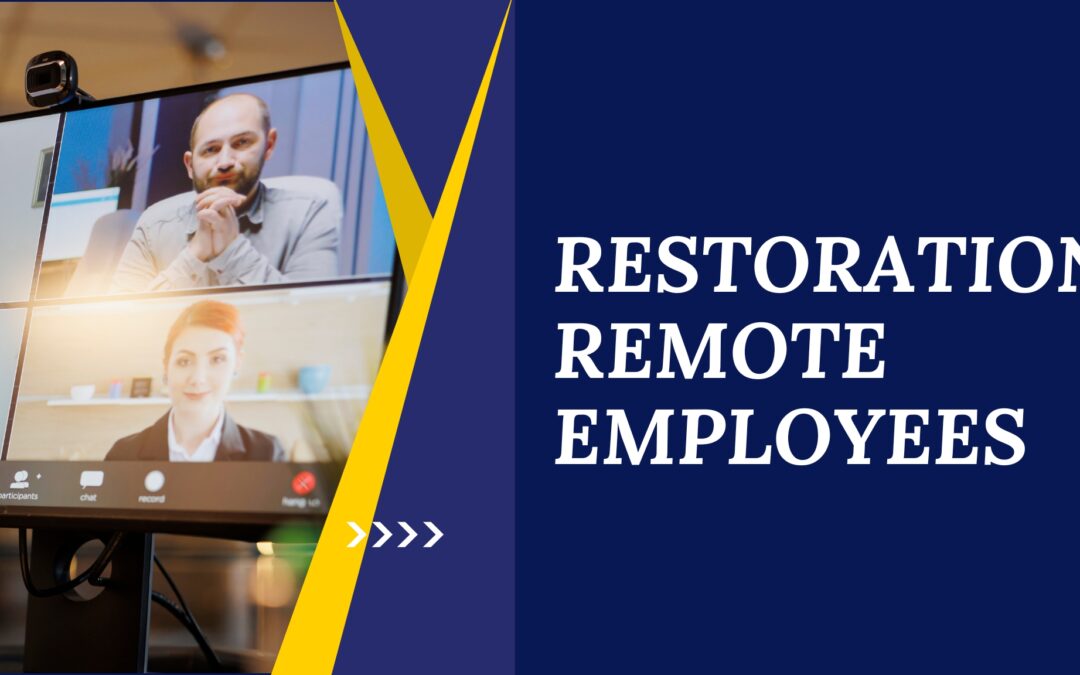Finding the right balance between in-house vs Outsource strategies is a critical decision that impacts operational efficiency, costs, and adaptability. Each approach offers distinct advantages and challenges, shaping how businesses allocate resources and respond to market demands. This guide explores the in-house vs Outsource debate, providing actionable insights and real-world examples to help you align your strategy with organizational goals.
Understanding In-House vs Outsourcing: Core Differences
Before diving into the pros and cons, let’s first clarify the fundamentals of in-house vs Outsource models:
In-House Teams: Employees directly hired, trained, and managed by the organization. This model prioritizes control and alignment with internal objectives.
Outsourcing: Delegating tasks to external partners, leveraging their expertise, infrastructure, and scalability.
These distinctions influence cost structures, quality control, and flexibility. For instance, in-house versus outsourcing decisions often hinge on whether a task is core to business operations or requires specialized skills.
In-House vs Outsource: Evaluating the Pros and Cons
In-House Teams
Advantages:
- Full Control: Align workflows with company priorities and pivot strategies in real time.
- Cultural Cohesion: Employees integrate organizational values, fostering teamwork and reducing turnover.
- Data Security: Sensitive information stays internal, minimizing third-party breach risks.
Challenges:
- High Labor Costs: 60% of companies cite salaries and benefits as a top financial burden (PwC).
- Recruitment Hurdles: Hiring skilled talent demands time and resources.
- Scalability Limits: Adjusting team size during demand spikes strains operations.
Outsourcing
Advantages:
- Cost Savings: Reduces operational expenses by up to 30%, particularly in IT and administrative tasks.
- Specialized Expertise: Access niche skills like bookkeeping, estimation, or regulatory compliance.
- Flexibility: Scale teams up or down swiftly, ideal for seasonal industries.
Challenges:
- Quality Risks: 15% of businesses report subpar outsourced deliverables.
- Communication Gaps: Time zones and cultural differences delay project timelines.
- Reduced Oversight: Limited control over day-to-day processes.
The in-house vs Outsource decision requires weighing these trade-offs against your business’s unique needs.
Cost Comparison: Breaking Down Financial Implications
In-House vs Outsource models diverge sharply in cost structures:
In-House: The average U.S. office administrator earns $54,333 annually, excluding benefits, training, and software.
Outsourcing: Partnering with specialized firms like Karma Staff slashes expenses by 40–60% for tasks like bookkeeping and estimation.
While 45% of businesses outsource to manage budgets, hidden costs like vendor negotiations or rework due to quality issues can offset savings. For example, outsourcing administrative tasks accounts for 18% of corporate spending, reflecting its cost-efficiency for non-core operations.
Key Factors to Influence Your In-House vs Outsource Decision
- Strategic Goals: Short-term projects (e.g., financial audits) favor outsourcing. Core functions (e.g., client management) suit in-house control.
- Regulatory Compliance: Industries like healthcare or finance often retain sensitive tasks in-house for data governance.
- Scalability Needs: Retail or construction businesses benefit from outsourcing’s agility during peak seasons.
- Risk Management: In-house teams reduce third-party dependencies; outsourcing transfers liability.
- Technology: Outsourcing avoids upfront software investments; in-house models require robust infrastructure.
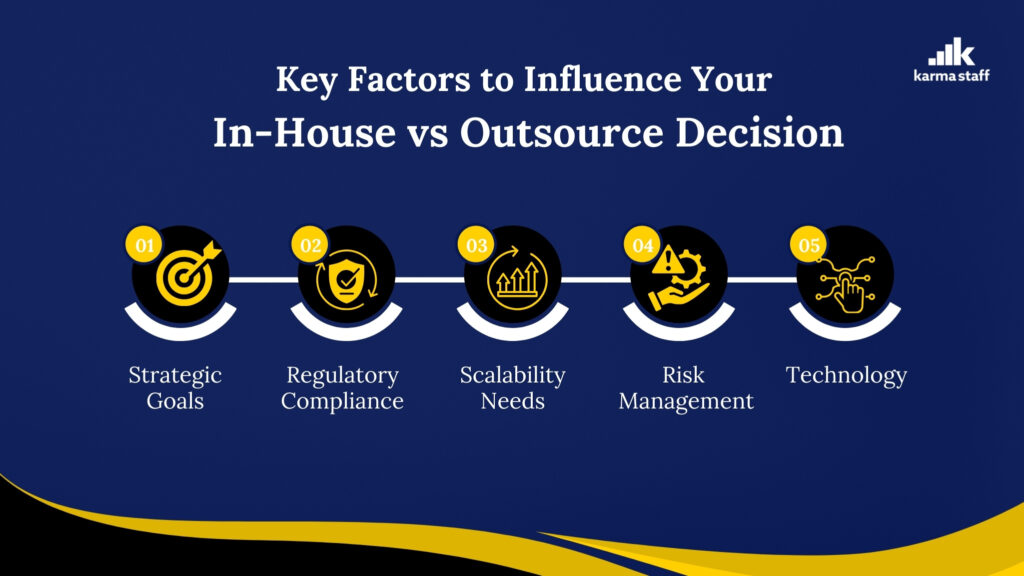
Real-World Examples: Successes and Lessons Learned
Case Study 1: Apple’s In-House Innovation
Apple’s in-house design and engineering teams drive its product development strategy. By retaining control over hardware and software integration, Apple created the M1 chip, outperforming competitors and generating $394 billion in revenue in 2022.
Case Study 2: Slack’s Outsourced Development
Slack partnered with Metalabs to design its MVP, cutting time-to-market by 50%. Outsourcing allowed Slack to refine its user interface, attracting 12 million daily users and a $27.7 billion acquisition by Salesforce.
Case Study 3: Hybrid Model in Finance
A multinational bank outsourced customer support but kept fraud detection in-house. This hybrid approach reduced costs by 25% while complying with GDPR and SOX regulations.
These examples highlight how in-house versus outsourcing strategies drive success across industries.
Future-Proofing Your In-House vs Outsource Strategy
- Adopt a Hybrid Model: 68% of enterprises blend in-house and outsourced teams, using internal talent for innovation and external partners for scalability.
- Audit Vendor Performance: Track metrics like turnaround time, error rates, and compliance.
- Leverage Collaboration Tools: Platforms like Slack or Microsoft Teams bridge communication gaps between teams.
- Stay Ahead of Trends: Invest in automation and AI to refine your in-house vs Outsource strategy proactively.
How Karma Staff Supports Businesses
For businesses balancing in-house versus outsourcing decisions, Karma Staff offers specialized administrative and operational support. By outsourcing tasks like bookkeeping, office administration, and estimation, companies can:
- Reduce Overhead: Save on salaries, benefits, and infrastructure costs.
- Improve Efficiency: Focus on core services while experts handle backend operations.
- Scale confidently: Adjust support levels during peak demand without hiring delays.
Karma Staff’s trained professionals ensure accuracy and compliance, allowing businesses to maintain quality while cutting costs.
Conclusion
The in-house vs Outsource debate centers on balancing control, cost, and flexibility. While in-house teams offer alignment and security, outsourcing delivers scalability and specialized skills. A hybrid approach often yields optimal results, allowing businesses to innovate internally while remotely outsourcing non-core tasks.
Ready to optimize your in-house versus outsourcing strategy? Partner with Karma Staff to handle bookkeeping, office administration, and estimation seamlessly. Focus on delivering exceptional service while we manage the backend—boosting efficiency, reducing stress, and fueling growth. Contact Karma Staff today to discover tailored solutions for your business needs.
FAQ
Q1. What defines in-house vs Outsource strategies?
A: In-house refers to internal teams; outsourcing delegates tasks to external vendors.
Q2. How does in-house versus outsourcing impact scalability?
A: Outsourcing offers rapid scalability, while in-house adjustments require time and resources.
Q3. Can businesses combine in-house vs Outsource models?
A: Yes, hybrid models are common for balancing control and cost-efficiency.
Q4. What tasks are ideal for outsourcing?
A: Non-core functions like bookkeeping, estimation, or administrative tasks.
Q5: How does Karma Staff assist businesses?
A: They provide outsourced administrative support, ensuring compliance and operational efficiency.
